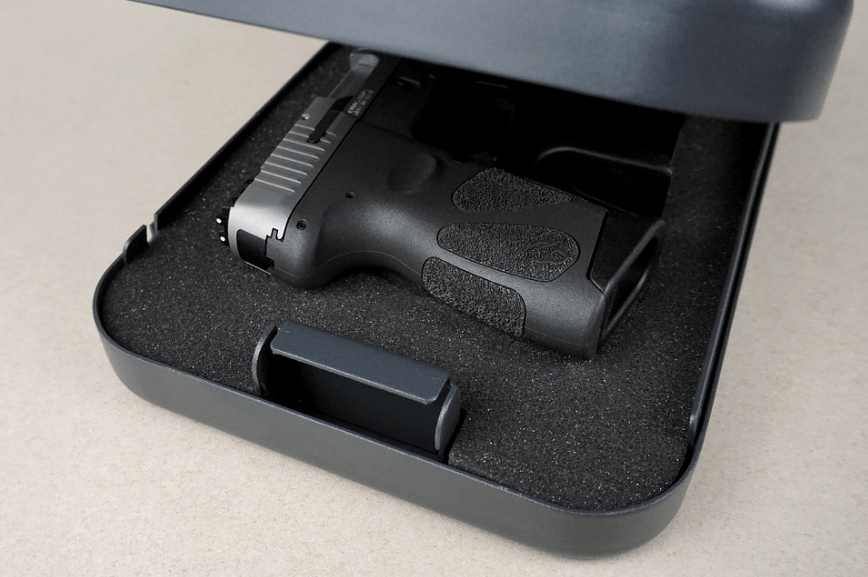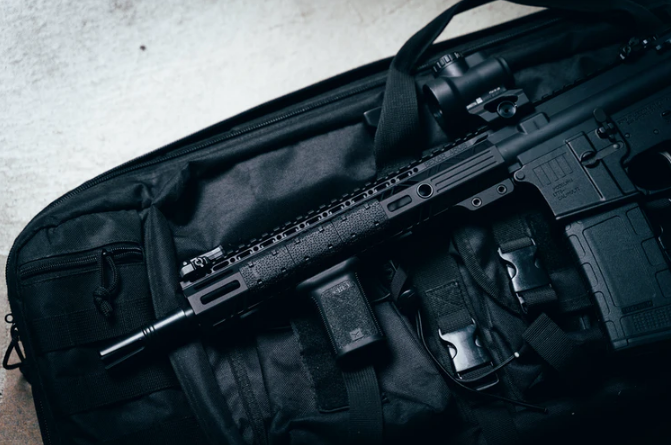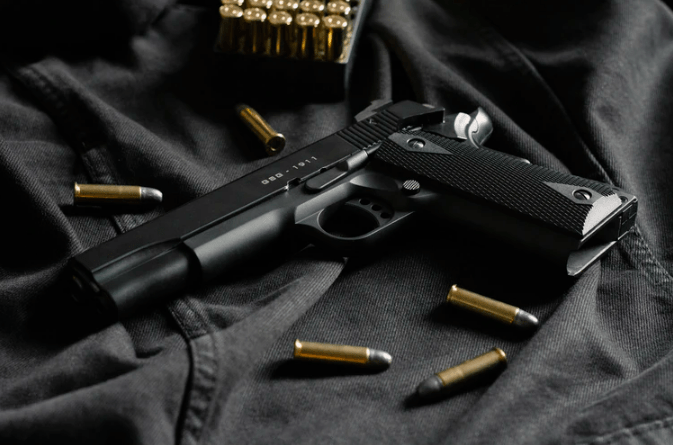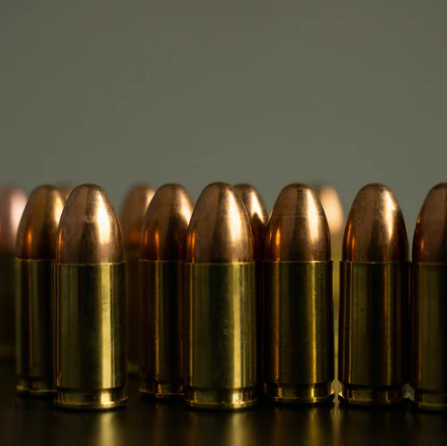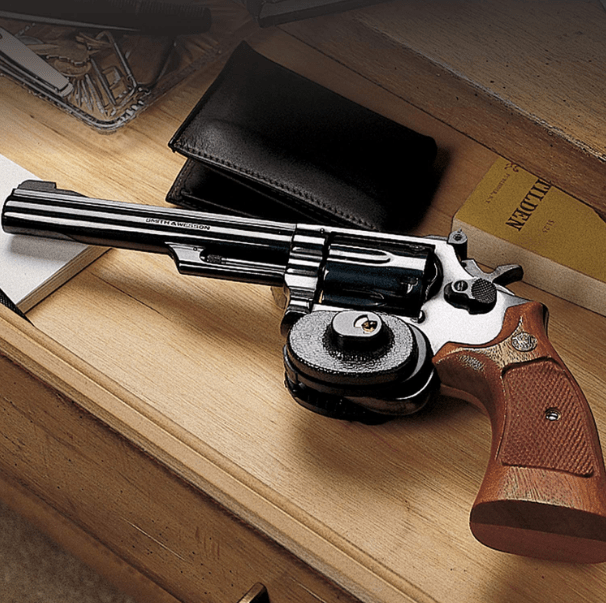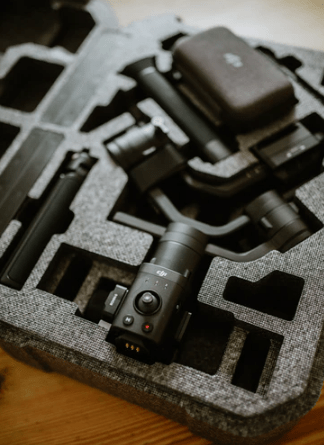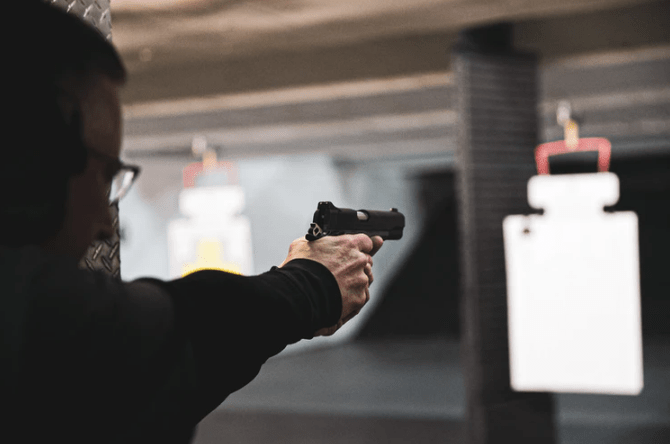Guns are a significant financial and long-term investment that comes with a proper and regulated care routine. That is why most people invest money and time in firearms training. Looking into a proper gun storage system, on the other hand, is also equally important for keeping guns safe and ready when needed.
It is important to know that your guns are present and prepared to help protect you and your family in an emergency. However, you must maintain and keep your weapons arranged and stored properly for that to happen. Keeping them out of the reach of unwanted hands is something that you must guarantee. Finding the right balance between accessibility and convenience is a challenge that all gun owners face.
The majority of gun owners take necessary precautions when it comes to storing their firearms and ammo. To meet these challenges, you must plan appropriate storage procedures and then implement them. When you implement these procedures, you should ensure that your guns can be kept away functioning properly, safely, and securely for many years to come.
Things to Keep in Mind When Storing a Gun
1. Determine How Long You are Storing it
This step is essential because preparing a firearm for long-term storage is an entirely different procedure vs. short term. Short-term storage can be as easy as performing a thorough cleaning of the gun, liberally lubricating it, and spraying some chemical barrier product on the metal surfaces, and keeping it somewhere out of reach of kids.
Long-term storage means storing for more than a year without any plans of immediate use. The best way to go about it is to either wrap it in acid-free paper or even the gun case that comes with it. Moreover, a few silica gel packs should also work fine as long as it’s in a controlled and dry environment that would keep your gun safe.
Hence, you should figure out if you’re looking to store the guns for an extended period or just want to put them away for the time being and keep them out of sight.
2. Accessibility to the Storage
It is essential that even if you aim to store the firearms for years, you should have the ability to access them when needed. Maybe not as accessible as keeping a gun under the bed but accessible in the sense that you should be able to get ahold of it easily.
The reason for this is quite simple; you are still accountable for the firearm. If it gets stolen or ends up in a location where it seems suspicious to be around, it would then be out of your control and may threaten anyone who comes across it. Hence you should also have the ability to keep a check on your weapons regularly to ensure they’re safe and secure.
3. Keep it Away From Moisture
As you can tell by the title, moisture is the most dangerous enemy to your firearms. Moisture allows salts and other pollutants to attach themselves to whatever you’re trying to preserve, causing corrosion and eventually rusting.
If you reside in a high moisture area, such as high salt environments or coastal areas, you will need to adapt the storage strategy accordingly.
4. Storing the Ammo
The ammo storage is a little easier to maintain. The general guideline is to never use any oils or chemicals, natural or synthetic, on your ammunition. Ammo cans with rubber gaskets are ideal; silica gel packs or something similar to these containers would also do the trick.
Try to keep it in its original packaging or specially designed ammo packaging before storing it in air and watertight containers. If you’re opening your ammo for the first time and notice any corrosion on the cartridges, don’t use them. You would be at risk of destroying your firearm or gravely injuring yourself.
If you don’t have room in your safe for long-term storage, use a secured cabinet, lockable suitcase, lockbox, or anything else that can be kept close to the safe and never goes missing.
5. Gun Locks
Trigger locks are placed on the trigger, which prevents the gun from firing. It works by preventing the barrel or trigger from being pressed and the ammunition from being loaded. The gun locks are the most affordable option you can use as they cost less than $20.
If you’re looking to store the gun for a long time or whether you want to keep it away for a bit, you should also take advantage of the trigger lock, as they can help provide an extra sense of security.
6. Gun Safes
A gun safe is a secure and reliable option for long-term gun storage. Its design makes it burglar-proof as well, so nobody can pry it open and get a hold of your firearms inside. The highly complicated locking mechanism, heavy-gauge steel, weight, and the possibility of the safe being bolted directly into the concrete all help in this case.
That is why it is best to buy a safe, especially if you have more than one gun. Also, certain gun safes are not cheap, with prices ranging from $300 to over $4,000. If you are buying a gun safe, here are some of the things that you should keep your look for:
Locking Mechanism
The lock’s quality is just as important as the safe’s thickness. There are several locking mechanisms to consider when purchasing a gun safe, including electronic, mechanical, redundant, and biometric locks. It is entirely up to you to pick the one that you like. Electronic locks are more convenient to use than spin dial locks, but they can be more expensive.
Fire Resistant Rating
Anything can happen, including a fire in your home or place of business. That is why you should purchase a fire-resistant gun safe. The thing to look out for here is that not all safes have the same durability as the others, so check how high the firing rate is of each safe as it shows how durable it will be.
An average American house will burn to the ground in about an hour on average. Therefore, it would be best to purchase a safe that can withstand more prolonged periods of damage at even 1,300 degrees. If you are on a tight budget, go with the safe that offers the best value for the most extended firing rate.
Steel Thickness
If you want a safe that would be more durable, make sure to get well-made steel safe. The thicker the steel, the better and more durable it will be. Also, keep in mind that steel is gauged on the reverse scale, meaning that 9-gauge steel is thicker than 12, 14, or 15 gauge steel.
In other words, stay away from narrow metal frames made of 14-to-20 gauge steel. Instead, go for at least a steel gauge of 10.
7. Unpacking and Inspection
Unpacking your firearms after long-term storage is also pretty easy. All you have to do is open it all up, wipe it down, and give it a basic cleaning and a clean inspection before using, depending on how you stored it. In case of any signs of corrosion or damage, they should be examined and repaired by a trained gunsmith.
You should check for rust, pitting, or anything else that appears out of the ordinary while evaluating the gun taken from the storage. Weird colors, visible wetness, cracks, and items appear to be too loose or too tight in the gun’s action.
Work it and dry fire several times to make sure it “feels good,” but don’t fire anything that shouldn’t be dry fired, such as rimfire weapons.
8. Take it Out for a Test Shoot
Finally, take your gun somewhere outside and shoot it to ensure that everything is in working order. It would be best if you don’t start with full auto on anything until you have put a few careful rounds through it first.
Take it gently and ensure that everything is good to go before putting it through its paces. When you are in doubt, consult a gunsmith or someone well-versed in weapons.
Long-Term Gun Storage – Gun Safety Essentials
All gun owners should implement a proper storage plan, whether they plan to store their firearms for short-term or long-term storage. The goal is to keep the weapons stored in their original condition, away from moisture and water, and out of the reach of unwanted and unauthorized people, but at the same time, they are accessible when needed.
Therefore, we’ve mentioned above what you should keep in mind and take care of when storing weapons for long-term storage.
